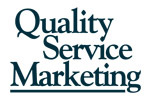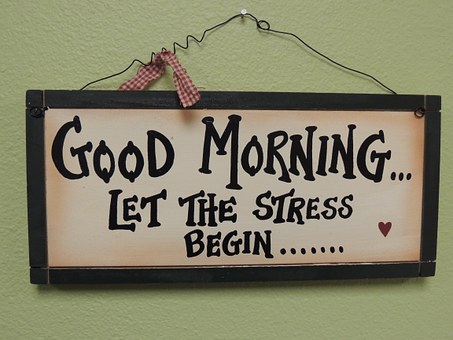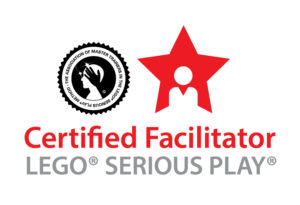Employees who are used to working in an office environment have undergone an abrupt change to working from home the past several months due to COVID-19. Curious to learn how they were handling the absence of in-person communications, collaboration, and teamwork, I reached out to colleagues (executives and professionals in a variety of organizations where working from home is not the norm) to understand their experience.
Here are the qualitative highlights compiled from more than a dozen responses.
Describe your experience about working from home since COVID-19 impacted your workplace.
Similar to many articles exploring the pro’s and con’s of working from home, my colleagues confirmed it’s a “mixed bag” and a “means to an end.” They appreciate the convenience and time-saving of not having to commute, and many are grateful to have the opportunity to continue working. At the same time, they’re frustrated with distractions from other family members confined at home, insufficient and/or inconsistent bandwidth, and fatigue from meeting virtually.
“The lack of personal engagement has created more challenges than I would’ve guessed. I underestimated how much I benefit from organically ‘talking something through’ – the benefits of speaking out loud and receiving real time feedback.”
“Having always had a lot of interaction with others in the office, I now have to make an effort to keep this collaboration going.”
What stands out for you about working remotely compared with working in your office location with fellow employees?
Most notably, respondents commented on missing personal interaction.
“Emails have doubled or tripled as a result of not being able to casually talk to others in the office. And the virtual meetings are more tedious than those around the table.”
“Our work has intensified and what stands out most for me, as CEO, is a lingering concern about staff burnout and my inability to intercede. Working remotely reduces the opportunities to ‘check-in’ on staff and make sure they’re doing okay.”
“Working from home takes a lot more effort to stay connected. While in the office chats occur naturally, I now have to pick up the phone or setup a virtual meeting to run ideas by somebody or just chat about the weather. It’s easy to lose contact with an introverted person and difficult to find out how somebody is really coping with this new normal.”
What are you most looking forward to about returning to your workplace environment?
The act and impact of being with other employees is a major theme. Being together feeds the energy of working as a team.
“I am most looking forward to the sense of team momentum. I know we can all knock out our work independently but that feeling of striving and progress is different when we can’t work as a true team.”
“Collaboration! Seeing somebody in person and not through a screen.”
“I look forward to the camaraderie of my colleagues.”
Takeaway: the Energy Toll
While coping as best they can under the circumstances, people who prefer the office environment find that working from home requires more emotional energy to connect, communicate, and collaborate with others. They look forward to returning to their respective workplaces to regain the strong sense of teamwork and esprit de corps that happens when being together.
Note: Special thanks to everyone who took the time to share their working from home experiences for this post.
[Image by You X Ventures on Unsplash]







 Here is a sample of situations in which it works. Use it when you:
Here is a sample of situations in which it works. Use it when you:






